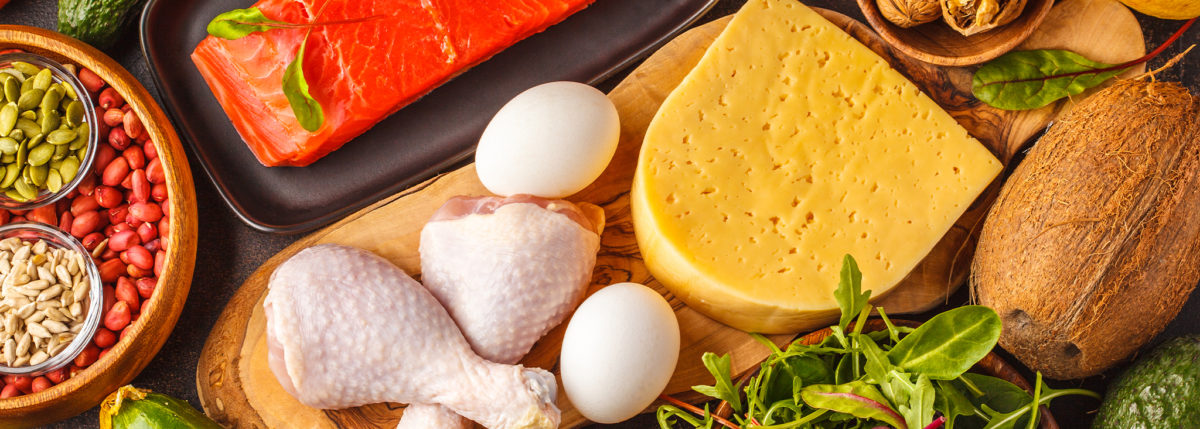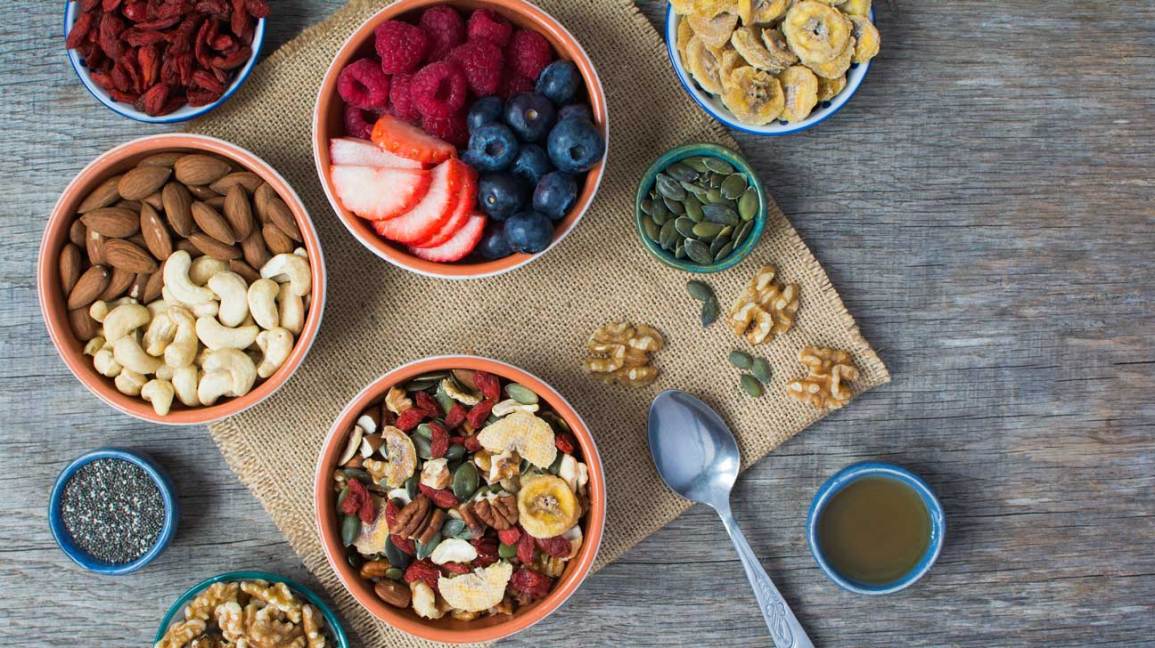
It is important to be familiar with the side effects and precautions of modern fruits before you begin a paleo diet. These modern fruits were selectively bred to have a higher level of sugar than their historical counterparts. Be aware of your blood glucose trends and carbohydrate levels to ensure you're getting the most out your diet. As a result, you may need to adjust your diabetes medication.
Side effects
Although the paleo diet is beneficial for diabetes patients, there are side effects. Because of the high fat content and low glycemic carbohydrates, it may cause insulin changes and cause weight loss in overweight people. People with diabetes need to avoid foods high glycemic (GI) such as fruits. If you have diabetes and are not on the paleo diet, talk to your doctor.
Paleo is known for its controversial dairy policy. While dairy products are high in calcium and other minerals, you shouldn't eat hormone or antibiotic-infused ones. Look for high-fat dairy that has the right combination of fat, carbohydrate, and protein. Bad breath may be caused by dairy products. Bad breath is temporary and will disappear as your body adjusts.
Precautions
When following a paleo diet, the first thing to do is consult a nutritionist. The low-carb diet is good for diabetics who are taking insulin. However, you should be careful to avoid diabetic Ketoacidosis. This is when the blood sugar levels rise too high. Although ketosis is not the cause of this disease, it can be caused by high blood sugar levels.

The diet has low amounts of carbohydrates and high levels of fruits and veggies. Eating a diet with adequate amounts of fruit and vegetables can lead to improved digestion and relieve constipation. A balanced intake of omega-3 fatty acid and protein can prevent excessive inflammation that can lead to many health problems. Paleo should be considered for those with diabetes.
Benefits
Paleo diets can help diabetics in several ways. This diet helps stabilize blood sugar by reducing simple carbohydrates. This diet will also help restore the body's sensitivity to insulin. Simple carbohydrates can cause rapid rises and falls in blood glucose, making them a significant problem for diabetics. Consuming foods rich in potassium and fiber will stabilize blood sugar levels. It is possible to slow down sugar absorption by pairing fruits and veggies with healthy fats, proteins, and other healthy foods.
In a recent study, 13 people were given a traditional diet program that was developed by American Diabetes Association. The goal of this study was to increase blood glucose control and lower the risk factors that can lead to metabolic syndrome. Paleo was a diet that contained less carbohydrates and more protein. The diet was effective in helping patients lose weight. The participants were able to see significant results within a very short time span of three weeks.
Canola oil
Despite the controversy surrounding canola oil, a recent study suggests that it can be beneficial to those with diabetes. It can help improve blood glucose levels as well as insulin sensitivity. Researchers caution that the studies are limited and that results are often contradictory. In recent years, gluten-free diets are becoming more popular. Gluten-free diets are recommended for celiac patients. Gluten triggers the body’s immune system to attack your gut and nervous system. Chronic disease is caused by inflammation.
Research shows that canola oils can increase blood sugar levels, and help with glucose control. It is also known to improve blood flow. It can be combined with a healthy diet to help diabetics improve their glycemic control. This will lower their risk of developing heart disease or diabetes. The oil can also be used to make fried food without using too much oil. You can add oil to every meal by adding a few teaspoons.
Reduction in refined carbohydrate

Paleo diets for diabetics focus on eating nutrient rich foods that are free from sugar and grains. It is lower in carbohydrates than a traditional western diet. It may help lower blood sugar levels by limiting carbohydrates, and choosing foods with low Glycemic Index values. It could be used as a tool to control blood sugar levels in individuals with type 1 and type 2.
This diet for diabetics is a cross-sectional study that compares the Paleo diet and traditional diabetes diets. The former includes more dairy and refined carbs. The latter has more protein and fiber. The results showed that there was a decrease in the frequency of hypoglycemic episodes. There was also a delay in needing insulin therapy. While it does not have the same beneficial effects as a Paleo diet, the findings are worth considering.
Improvement in insulin sensitivity
Paleo is a popular diet that encourages whole foods and unprocessed food. But, dietitians should be cautious of diet fads. Trendy diets encourage the consumption and consumption of processed, refined and expensive foods. These diets are often not sustainable and affordable. However, Paleo has many benefits for diabetics.
A study of 13 type 2 diabetes patients revealed that they were fed a Paleolithic Diet, which consisted of lean meat, fruits, and vegetables. The results showed no difference in the two diets, but the paleolithic group had significantly lower levels of HbA1c and higher insulin sensitivity. In addition, those following the diet also showed significant reductions in blood pressure and waist circumference.
FAQ
What are basic cooking skills?
Basic cooking skills are the ability to read and follow recipes. These are the essential skills you will need to be able cook for yourself. Cooking is also a great way to save money since you don't have to eat out all the time.
What are the requirements to become a chef?
You must hold a bachelor's in culinary arts to be a chef. A series of tests must be passed by the ACF. You will be issued a certificate once you meet all the requirements.
Are there any requirements to become a chef?
No. Many chefs started their careers by learning on their own. Some chefs even attended culinary school to gain more experience. Most chefs prefer to go to culinary school to expand their professional opportunities. Culinary schools offer students hands-on training, which helps them build valuable skills and improve their cooking knowledge.
How much does it cost to go to culinary school?
The cost of a culinary school depends on where you are, how much you study, and what program or course you choose. Average tuition costs between $10,000 and $30,000. Students graduate with approximately $20,000 of debt. However, some programs offer scholarships, grants, and work-study opportunities.
What is the cost to study culinary arts?
You will find that the price to study culinary arts is variable. A four-year degree usually costs around $40,000. A two-year associate degree, on the other hand may cost less than $5,000. Tuition rates vary depending on what program you choose. Private institutions charge higher prices than public ones.
What ingredients do I need to purchase to cook?
You don't need to buy every ingredient. You can buy premade sauces or other items at most grocery stores. However, you can save money by buying pre-made meals.
How do I get hired as a chef?
A culinary arts degree is the first step to a career as a chef. The next step is to join a professional association like the American Culinary Federation. The ACF offers certification exams and networking opportunities.
Statistics
- In the United States, the category is estimated at $23.2 billion annually and is growing faster than the market. (washingtonpost.com)
- You'll be amazed that over 90% of CIA students receive scholarships and grants to finish their culinary studies. (ischoolconnect.com)
- The median pay for a chef or head cook is $53,380 per year or $25.66/hour, according to the U.S. Bureau of Labor Statistics (BLS). (learnhowtobecome.org)
External Links
How To
How to make a perfect Omelette
Omelets have always been a favourite food to eat for breakfast. But how do you make them perfectly? I have tried many different recipes and methods, but none of them work. Today, I'd like to share some tips with you in order to make delicious and fluffy omelets every day.
It is important to know that eggs can be temperamental when making omelets. Eggs must be purchased fresh, preferably organic, and kept chilled until ready for cooking. If they are not kept cold enough, the whites won’t form properly. The yolks will also break down too quickly and become runny. This causes your omelets to look oddly colored. It is best to use room-temperature eggs if you are going to cook them right away.
Another tip is to separate your egg before adding it into the pan. You don't want any white to get mixed up with the yolk because this could cause the omelet to curdle.
You could end up burning the bottom half of the egg if the egg is added directly to the heat source. Instead, place the egg in the microwave for 10 second before you put it in the skillet. The microwave heat will cook the egg just right without making it too hot.
Next, let's talk about mixing the eggs. When mixing eggs, it is important to thoroughly beat them. To do this, take the bowl from the mixer and flip it upside-down. Next, shake the bowl vigorously. This allows the air to be whipped and the egg to be mixed thoroughly.
The fun part is now - adding the milk to the mixture. Mix half of the milk with the eggs. Then fold the eggs in half into the remaining milk. If you still see streaks of eggs, don't worry. These streaks will disappear once the omelet has been turned over.
After you have done folding the eggs, heat the pan on medium heat. The oil will start to smoke. Once the oil begins to heat, add 1/4 cup butter and swirl the pan to coat it. The lid should be carefully opened. Sprinkle salt in the pan. A pinch of salt will prevent your omelet from sticking in the pan.
Once the omelet has formed completely, cover the pan and let it set for a few minutes. Flip the omelet by using a spatula. Cook the other half for another minute. Serve the omelet immediately by removing it from the pan.
This recipe works best with whole milk, but skimmed milk also works.